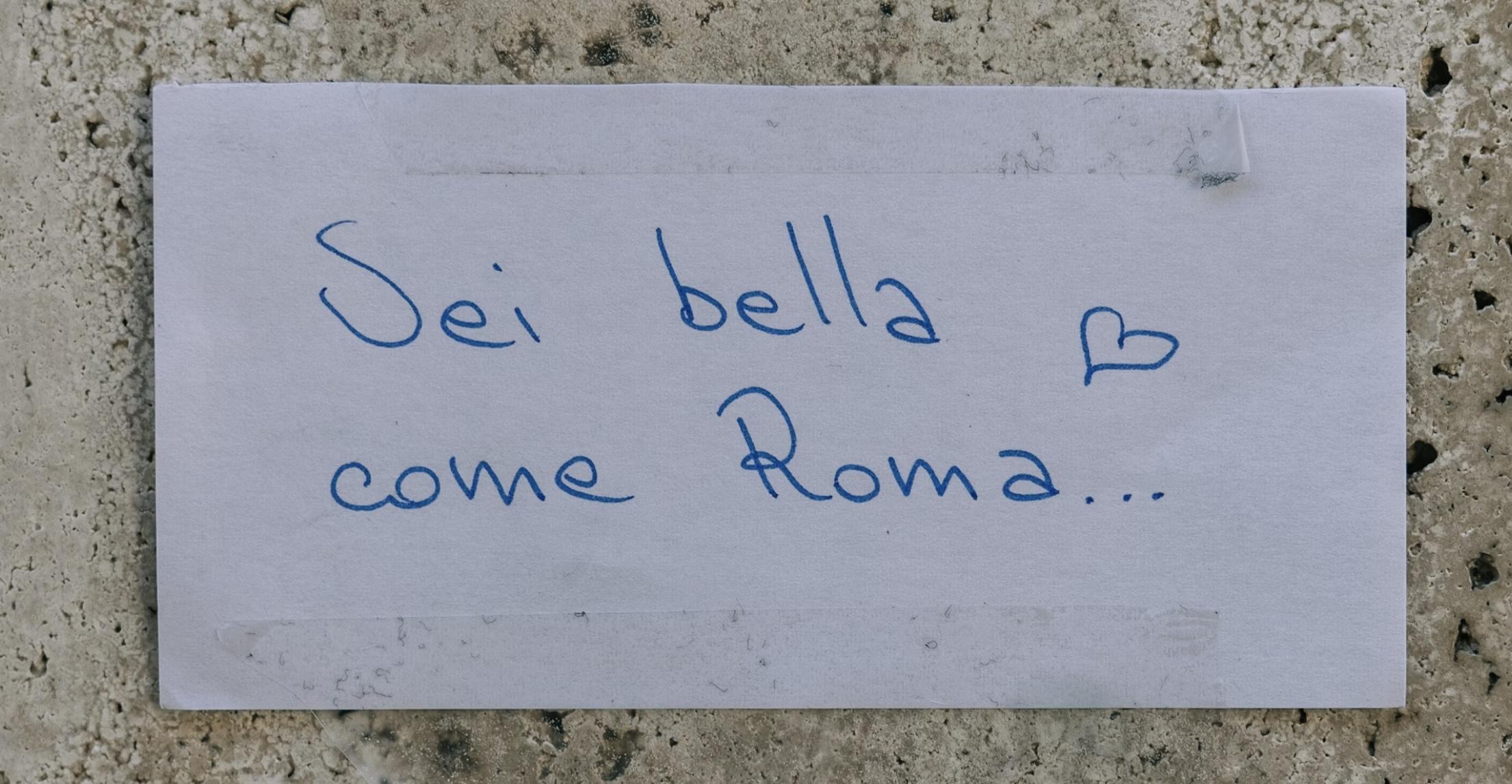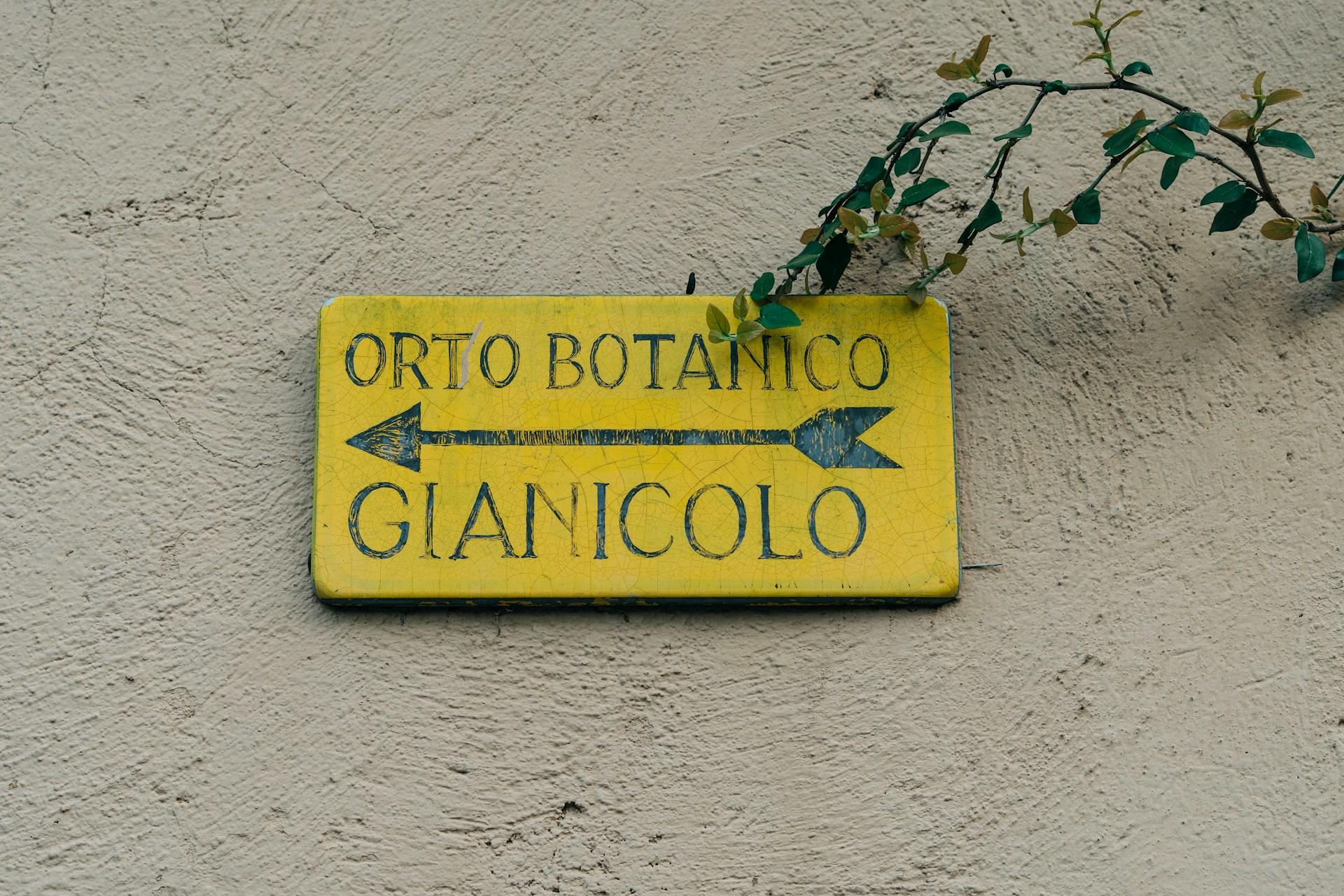A lot of British people don’t know that there are fewer letters in the Italian alphabet than there are in the English alphabet. While most are similar, the Italian alphabet only has 21 different letters.
That said, over time, the Italian language has incorporated words from other languages, which means that when you are working on your Italian vocabulary, it is still possible that you’ll see words with all 26 of the English alphabet’s letters.
So, it is important to understand how the Italian alphabet has evolved and the ways in which it is different to the English alphabet. Remember when you were a child, you may have learned alphabet songs or little tricks and tips to remember the way that the alphabet went (and its order). You may want to revisit some of these techniques, and Italian has its own songs to represent the different alphabet.

Italian Letters of the Alphabet & Pronunciation
Let’s explore the Italian alphabet and the letters that are within. You’ll notice that Italians use all of the same vowels that are in the English language, but the phonetic transcription is different. For instance, the letter “C” is pronounced “chee” but may be more of a “cee” sound in British.
To help you to understand, here is the full Italian alphabet including phonetic transcriptions and a brief guide to the pronunciation.
| Uppercase | Lowercase | Italian letter name | Phonetic transcription (how the letter is said) | Pronunciation | Audio |
|---|---|---|---|---|---|
| A | a | a | aah | As in “father” | |
| B | b | bi | bee | As in “big” | |
| C | c | ci | chee | As in “cheese” | |
| D | d | di | dee | As in “dog” | |
| E | e | e | eh | As in “elf” | |
| F | f | effe | ehf-feh | As in “first” | |
| G | g | gi | gee | As in “jet” | |
| H | h | acca | ahk-kah | Usually silent | |
| I | i | i | ee | As in “see” | |
| L | l | elle | ehl-leh | As in “long” (never as in “able”) | |
| M | m | emme | ehm-meh | As in “might” | |
| N | n | enne | ehn-neh | As in “never” | |
| O | o | o | oh | As in “low” | |
| P | p | pi | pee | As in “pip” | |
| Q | q | qu | koo | As is “question” | |
| R | r | erre | ehr-reh | With a rolled “r” | |
| S | s | esse | ehs-seh | As in “sing” | |
| T | t | ti | tee | As in “table” | |
| U | u | u | ooh | As in “tool” | |
| V | v | vi | vee | As in “van” | |
| Z | z | zeta | dze-tah | At the start of the word, it has a "dz" sound |
Even after seeing some of these words written down phonetically, and a pronunciation guide written down, you might not be the kind of person who can instantly understand how this is said.
Luckily, we have numerous learning methods for Italian, meaning that people can learn by hearing the proper pronunciation whether you are learning about the weather, the alphabet, or the numbers. This video explains excellently the way that Italian letters should be said, and even how they are used to create words.
As well as video resources, there are many ways to learn the pronunciation properly. Immersing yourself in the language and taking opportunities to hear the letters in Italian language and conversation can be one of the top ways to learn.
There are some fantastic bite-sized podcasts out there that can provide a brilliant learning method, perfect for listening while on the go.
How Many Letters Are There in the Italian Alphabet?
The Italian alphabet differs from the English alphabet in that it has 21 letters instead of 26.
The words for everything from telling the time through to names tend to use fewer letters. The reason for this discrepancy lies in the historical evolution of the Italian language and its alphabet.
In ancient times, the Latin alphabet, which was the precursor to both the English and Italian alphabets, consisted of 23 letters. However, as Italian evolved from Latin, some letters were gradually dropped or modified, leading to the reduction in the number of letters.
One of the key factors contributing to this reduction was the phonetic changes that occurred in Italian pronunciation over time. Some sounds in Latin were either no longer present or were represented differently in Italian, leading to the elimination of certain letters that were no longer needed.
For example, the letters "k," "w," "x," and "y" were originally part of the Latin alphabet but were rarely used in classical Latin texts and were eventually dropped from the Italian alphabet altogether.
Even the letters that have been omitted need a way to be pronounced, especially as those letters have worked their way into some of the words and language. You will notice they are all consonants, too. These letters are referred to as follows:
J - i lunga
K - kappa
W - vu doppia
X - ics
Y - ipsilon

Writing and Recognising Italian Letters

Writing Italian is different from writing English. The language is very regular and almost completely “phonemic”.
This means that the correspondence between the letters used in words is almost exactly the same as the sequences of sounds, making it relatively simple to understand the construction of words such as the way the days of the week are named.
Italian Accents and Diacritics
Accent marks and diacritics are crucially important in the Italian language, and used far more than in British. This is a challenge for those trying to learn basic Italian, and you might find it a little bit tricky to fully understand how these symbols relate to the pronunciation of words.
In Italian, accent marks are used to indicate where the stress falls in a word, helping to guide pronunciation. There are three types of accent marks in Italian: acute (´), grave (`), and circumflex (^).
The acute accent (´) is used on the final vowel of a word when the stress falls on that syllable, e.g., "caffè" (coffee), "città" (city). The grave accent (`) is used in some words to distinguish homophones or to indicate word endings, e.g., "città" (city) vs. "cita" (citation).
Italian Handwriting
There are some minor variations in the ways that Italian handwriting works in comparison to English handwriting. The “cursive” method is used for teaching people how to write letters and join up the words, but this is different from the British method. You can see capitals, lower-case, and Italian numbers handwritten below:

If you are going to be doing any communication and using the Italian alphabet to actually write the “old-fashioned” way then learning cursive could be handy, but like any other language, there are many different variations and ways that people can vary their handwriting.
Fun Ways to Practise the Italian Alphabet
There are many ways to practise the Italian alphabet that can help to keep things fun and fresh, rather than just being dry and boring (like reading through the alphabet repeatedly).
A lot of people use place names as a method of learning the Italian alphabet, or testing their knowledge. This is an example, but there are many different Italian places that you can substitute out. Frustratingly, there isn’t any place starting with Z, so this has to be swapped out.
Test yourself with the following list (or switch out the towns and cities for other Italian places if you wish).
How to Remember the Italian Alphabet
A - Ancona
B - Bologna
C - Cosenza
D - Domodossola
E - Empoli
F - Firenze (Florence)
G - Genova (Genoa)
H - Acca (this is a substitution)
I - Imola
L - Livorno
M - Milano (Milan)
N - Napoli (Naples)
O - Otranto
P - Pordenone
Q - Quargnento
R - Roma (Rome)
S - Salerno
T - Torino (Turin)
U - Udine
V - Venezia (Venice)
Z - Zeta (this is a substitution)
The Italian Alphabet Song
If you’re reading this guide to the Italian alphabet, you’re probably of an age where childish songs aren’t the main way you learn things! However, it could be time to make an exception, you are learning the very basics of Italian, after all.
These songs (like the one we have in English) are very good as they are catchy and help you to remember the Italian letters of the alphabet.
This song is a perfect way to learn, even if it is aimed at children. There are other songs out there to help with things like learning Italian numbers and basic words.
Alphabet Scavenger Hunt
Once you know enough words (as well as letters) and are working on your Italian vocabulary, there are some other methods you can use for learning.
One option is to go on an alphabet scavenger hunt, where you search for objects or items that begin with each letter of the Italian alphabet. Take a walk outside or explore your surroundings, and see how many Italian words you can find that correspond to each letter. This is an activity that some Italian tutors might well include in Italian lessons as a learning aid.
Learn Italian With a Superprof Tutor
The Italian alphabet is part of a foundational knowledge of the language, and if you want to delve into Italian lessons and learn how to master the language, you may want to find lessons from an Italian tutor on Superprof. We have a number of experienced tutors throughout the UK, who can help you to learn the Italian alphabet as well as more foundational knowledge such as Italian numbers, greetings, phrases and other basic words. Reach out to a Superprof tutor today to start your Italian learning journey.















